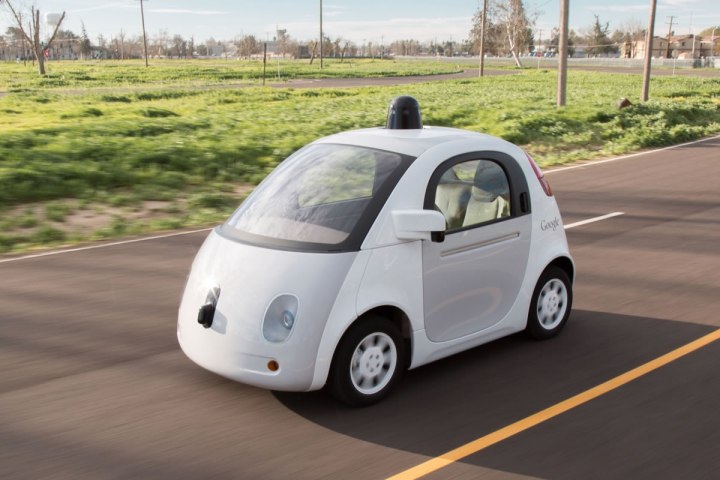
In the future, when all cars are self-driving, the only need for a honk will presumably be to alert distracted pedestrians and cyclists. But until that day comes, self-driving cars will also have to continue looking out for careless human drivers, too.
‘Polite’ honking
“Our self-driving cars aim to be polite, considerate, and only honk when it makes driving safer for everyone,” the Mountain View company said in its latest monthly report on its driverless car project.
That’s really good to know, as the last thing you’d want is your self-driving car to start honking belligerently at other drivers, who, in a worst-case scenario, may wish to discuss the situation with the aid of a baseball bat.
The excuse, “It wasn’t me, it was the car,” may not go down too well with someone with rage in their eyes, and anyway, would you really want to shift the blame onto your beloved vehicle with all its snazzy, not to say very expensive, self-driving technology?
To reduce the chances of annoying a driver, Google said it’s trying to teach its vehicle to sound its horn “like a patient, seasoned driver” – rather than an irritable, impetuous, stressed-out one.
“Our self-driving software is designed to recognize when honking may help alert other drivers to our presence – for example, when a driver begins swerving into our lane or backing out of a blind driveway,” Google explains in its report.
During early testing, the horn would only sound inside the vehicle “so we wouldn’t confuse others on the road with a wayward beep.” Each time it sounded, the car’s test driver recorded whether the beep was appropriate and then passed the data to engineers back at base so they could set about improving that all-important honking algorithm.
Honing the honking
After much work, the team has now managed to hone the honking to such a degree that the horn now sounds off in different ways according to a particular situation. So, “if another vehicle is slowly reversing towards us, we might sound two short, quieter pips as a friendly heads-up to let the driver know we’re behind. However, if there’s a situation that requires more urgency, we’ll use one loud sustained honk.”
Considering its importance, honking has clearly been an underreported feature of self-driving cars, and one that, at Google at least, has been receiving much attention.
While the company reports self-driving accidents on a monthly basis, it’d also be interesting to hear about examples where a gentle toot or rhapsodic hoot has helped it to avoid a collision. Or caused a driver to get out with a baseball bat.
Editors' Recommendations
- Tesla Autopilot vs. full self-driving: What’s the difference?
- Cruise autonomous vehicle drives over woman just after she was hit by another car
- Officers confused as they pull over an empty self-driving car
- Watch folks react to their first ride in GM Cruise’s driverless car
- WhatsApp backups may soon count against Google Drive storage


